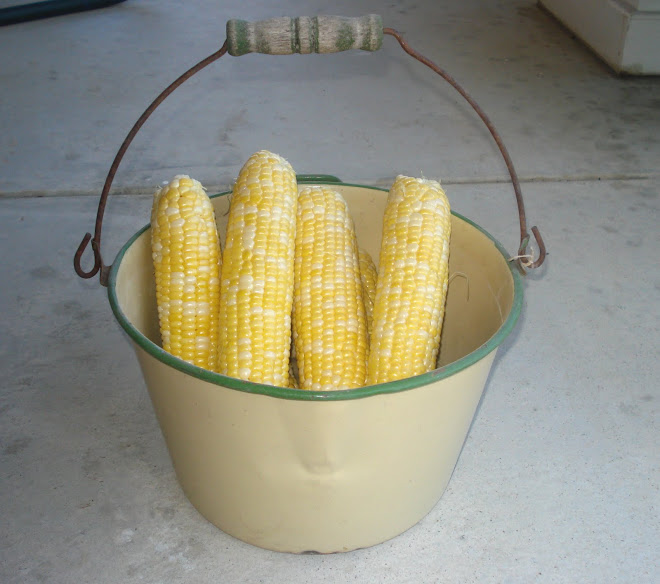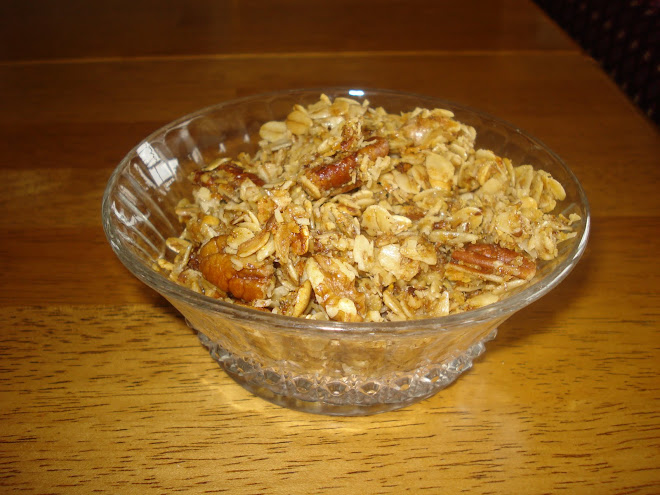
In the book "The Shack" there is a quote by Frederick Buechner:
"You can kiss your family and friends good-bye and put miles between you, but at the same time you carry them with you in your heart, your mind, your stomach, because you do not just live in a world, but a world lives in you."
The world that lives in us may be like the part of the iceberg that isn't seen, or like the part of shoo-fly pie, not noticeable at first glance, but underneath the top layer, ready to ooze out. Shoo-fly pie is part of the world that lives in me, in my stomach if I have to pick a region, but tied to the heart, and springing from the roots of my upbringing. I have memories of eating this pie at potlucks, friends' homes, and MCC sales.
And isn't it true that we may move far away from our hometowns, parents, siblings, and old friends? We may doff some traditions like we discard the clothes from our past. We begin anew. We claim our own beliefs, get new hairstyles, purchase new music and books, and cook new foods. But this world that lives in us is undeniably there. Let us be kind to it, to the lessons from our past, to love shared, and even to mistakes we have made.
The world inside of me honors the world inside of you. It is there, layer upon layer, in all of us. In our stomachs, hearts, and minds. It makes us who we are. This world, these memories and experiences, are ready to be shared and integrated into new and present realities.
Here is a recipe for Shoo-Fly Pie...from the world inside of me!
Bottom Part:
3/4 cup dark molasses or Karo syrup
3/4 cup boiling water
1/2 tsp baking soda
Top part:
1 1/2 cups flour
1/4 cup shortening or margarine
1/2 cup brown sugar
Pastry for one (9 inch) pie
Dissolve soda in hot water and add molasses.
Combine sugar and flour and rub in shortening to make crumbs (I used two knives to cut it in)
Pour one-third of the liquid into an unbaked crust.
Add one-third of the crumb mixture
Continue alternate layers, putting crumbs on top.
Bake at 375 degrees for about 35 minutes.
This recipe is adapted from the Shoo Fly Pie recipe in the Mennonite Community Cookbook (1950).
Respectfully,
Ellen



















